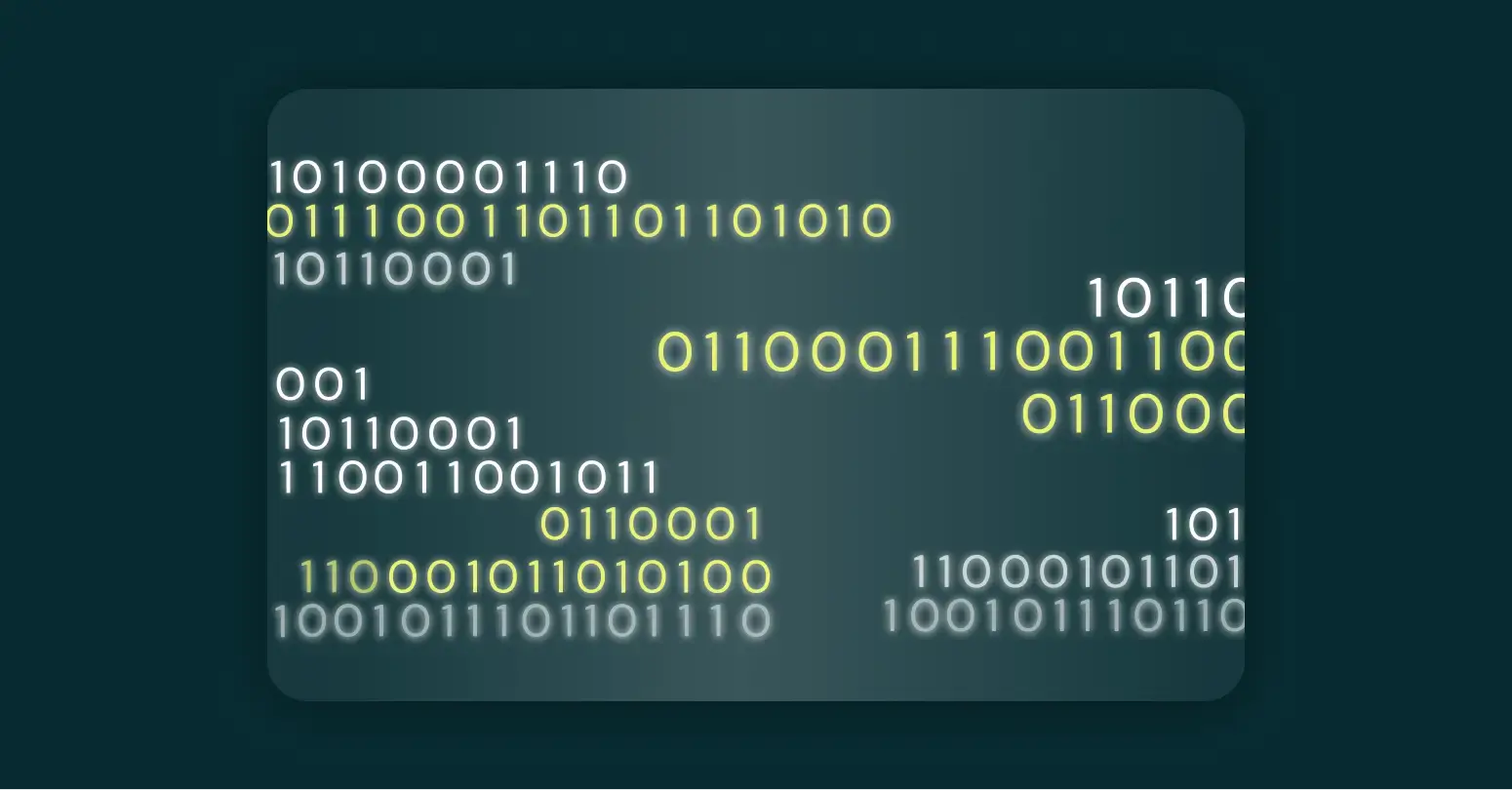Have you ever seen videos of Boston Dynamics’ “Spot” robots? These remarkable machines handle different terrains and environments to become robotic assistants. Boston Dynamics’ Spot has already walked over 9,000 miles in real construction operations—the equivalent of going from Boston to the South Pole.
Table of Contents
Spot is one representation—exciting to some, creepy to others—of the technological transformation on the horizon in construction. The construction industry sits at a critical turning point, with technologies like AI and automation set to revolutionize the space.
The perfect storm driving change
ABC estimates that there was a shortfall of over half a million workers in 2024. This shortage stems from multiple factors, including a generational shift where more than a third of the workforce will retire by 2031.
The construction industry also faces significant productivity challenges. According to McKinsey, global labor productivity growth in construction has averaged only 1% annually over the past two decades. Compare this to 2.8% for the total world economy and 3.6% in manufacturing. These numbers highlight the need to rethink our approach to construction.
Workforce management tools powered by AI and automation lead the wave of new construction technology. Yet according to Deloitte, the industry still shows relatively slow adoption. While many organizations are experimenting with these tools, we’re still at the beginning of an adoption curve that will deliver productivity gains for years to come.
The foundation of successful technology adoption lies in data. When discussing AI and automation in construction workforce management, workforce data is the essential ingredient. Tools like Bridgit are crucial to help organizations manage, collect, and improve their data to become AI-ready.
The current state: Construction’s digital awakening
Digital adoption appears straightforward—buy a tool, start using it, and profit. But this mindset is oversimplified. Deloitte found construction businesses using eleven different data environments on average. This represents disparate data sources and mediums for moving information in and out of your organization. Managing this information is essential before future technological developments can be fully realized
Data forms the foundation for AI and automation success. The principle is clear: you can’t have the full benefits of AI without good data. Garbage in = garbage out.
Common misconceptions about AI and automation readiness
Several misconceptions persist about AI and automation readiness:
“Implement AI first, then fix the data later.” This approach is both backwards and expensive.
“AI will replace project managers.” This isn’t true. AI augments human capabilities rather than replacing them.
“Small companies can’t afford AI and automation.” In many cases, they can’t afford not to have it, as the efficiencies create critical competitive advantages.
When you strip away these misconceptions, the new imperative is clear: general contractors must adapt to the modern era by adopting AI and automation. Let’s examine examples of how AI and automation are being used throughout the construction lifecycle.
AI and automation in the pre-construction phase
The pre-construction phase offers an opportunity to set yourself up for success from the beginning. New technologies, built on strong data infrastructure, drive efficiency, improve workforce productivity, and help deliver projects on time and on budget.
Here’s how these technologies are being used in the pre-construction phase:
- AI-driven workforce forecasting and planning
- AR/VR for training and skill assessment
- Predictive analytics for project staffing requirements
AI-Driven Workforce Forecasting and Planning
If data is the new oil, then AI is the high-performance car its fueling. AI’s ability to analyze vast amounts of data—both internal and external—powers the ability to improve forecasting capabilities. This means better estimates, improved productivity, and streamlined workforce scheduling.
AI forecasts don’t materialize out of thin air. They build upon strong data foundations that include insights on seasonal hiring patterns, employee attrition rates, economic indicators, and past performance. AI helps companies go beyond the numbers by incorporating qualitative data points like skills, prior experience, employee specializations and preferences, and relevant certifications. Combining these elements into your construction forecasting process can eliminate needless delays on site and improve outcomes by assigning jobs to staff with relevant specializations and experience.
AR/VR for Training and Skill Assessment
Immersive technologies like VR and AR are gaining widespread adoption in construction, with more than a third of construction companies using them on projects. This technology spans multiple applications: site visualization and design reviews, remote collaboration, and safety training. In an industry where you staff projects across multiple locations while coordinating with headquarters, having a common frame of reference in the virtual world creates significant impact.
Just as flight simulators prepare pilots for the skies, AR/VR is being used for safety training and skill development to help staff become job-site ready. Tools like Bridgit allow you to track employee certifications and proactively schedule required training. This winning combination uses workforce data and AR/VR technology to keep your compliance and safety certifications current.
Advanced predictive analytics for project staffing requirements
Workforce schedules are always evolving, and advanced predictive analytics enable this at scale and in real-time. Adjusting schedules based on variables like weather forecasts, equipment availability, and materials shipments allows for continuous resource optimization.
Resource optimization represents a major benefit of predictive analytics, with firms estimating they can reduce idle time by up to 25% and improve overall utilization by 30%. These efficiency boosts and cost savings drive adoption of this technology, making centralized workforce planning functions imperative for planners.
AI and automation in the construction phase
The jobsite is rapidly becoming the front line for innovation and technological advancement. AI and automation already make measurable impact while showing glimpses of their true potential. Deloitte reports that companies implementing IoT (“internet of things”) devices for team member safety are seeing reductions in workplace injuries.
Here are examples of how AI and automation are being used during the construction phase:
- Real-time workforce optimization with connected IoT sensors
- Digital twins for workforce monitoring and safety
- Automated scheduling and task assignment
Real-time workforce optimization with IoT sensors
IoT devices, such as smart hard hats and equipment sensors, provide opportunities for construction firms looking to improve safety and efficiency on the job site. These devices relay data from the jobsite back to headquarters, enabling better communication, planning, and real-time monitoring.
One challenge with this technology is cost perception. The CDC notes that upfront costs may be a barrier for many firms looking to adopt IoT technology, but this technology also has the potential to address the industry’s higher-than-average safety incident rate. While measuring the dollar impact of investing in new technology can be difficult, it’s important to consider the cost savings that come from demonstrably improved efficiency and reduced safety incident rates.
Digital twins for workforce monitoring and safety
What if you could predict areas of the jobsite where accidents were more likely to occur? How would you respond differently? Digital twin technology helps firms become more efficient with workforce planning while improving job-site safety. This technology allows stakeholders—even those who have never visited the job site—to get an accurate understanding of the terrain.
IoT sensors enable continuous updates of digital twin models, with some updating as regularly as every minute. Paired with construction workforce management technology, this provides the ability to adjust schedules in real-time, respond to situations proactively, and stay current with progress. Imagine having the ability to visualize how equipment like cranes would be positioned on the job site. You can verify the physical space is safe while assigning and scheduling the right personnel to guide the crew.
Automated scheduling and task assignment
Tools like Bridgit help guarantee staff are properly utilized on the job site. Construction workforce scheduling is a complex and data-intensive task that requires coordinating staff, stakeholders, and job sites—which can feel like a juggling act. Construction workforce management software takes the guesswork out of scheduling and creates a data-driven foundation for workforce management.
Another important element involves accounting for the unique experiences and skills of your workforce. Your staff isn’t just a unit of measurement; they each have their own specialties and expertise. Applying this qualitative approach with a data-driven system provides the ability to staff the job site with the right people at the right time.
Post-construction phase
In its 2025 Engineering and Construction Industry Outlook, Deloitte paints a picture of an industry in transition. The industry’s outlook is overall positive, with new technologies creating opportunities for cost savings, improved efficiency, and job-site safety. According to Deloitte, 44% of current skill requirements are expected to evolve in the next five years. The evolution of technology is changing the game. Skills like data analytics, predictive forecasting, and data collection will become essential.
Examples of AI and automation technology applied to the post-construction phase include workforce performance analytics and insights, and data collection for future project planning.
Workforce performance analytics and insights
Construction workforce management software provides unparalleled data and insights. While the project may be wrapping up, a thorough post-mortem can provide firms with the ability to identify future improvements. Data collection at this stage is critical as it provides the insights you need to determine who performed best, where workforce planning could be adjusted, and gather intelligence needed to improve forecasts moving forward.
Improving workforce productivity is imperative for construction firms. Demand for construction is increasing, with McKinsey reporting that the construction industry will need to double in size to meet long-term demand. This good news is tempered by the reality of labor shortages experienced across the industry. Workforce management is key to improving productivity and keeping up with industry growth.
Data collection for future project planning
Post-mortem reviews of your construction workforce management data directly improve predictive forecasting models. The data collected throughout the project’s lifecycle is an asset on its own. The accuracy of these models can play a critical role in winning construction bids, allowing you to forecast costs and determine if you have the staff to complete the project.
Every project becomes part of the training data for the next one. Data collection improves as you identify missing information, so that over time you develop a center of excellence. This data foundation can then be used to feed AI models, improve automation, and boost productivity. AI can analyze thousands of data points, but it’s up to our processes to guarantee it’s trained on the right data.
Predictive maintenance and workforce scheduling
Predictive maintenance technology is transforming how construction firms schedule their maintenance crews and manage equipment downtime. Equipment sensors and historical data can forecast when machines will need attention, allowing you to schedule maintenance crews proactively rather than scrambling to fix breakdowns after they occur.
The numbers tell the story: preventative maintenance reduces costs by 18-25% and cuts unplanned downtime by up to 50%. For workforce management, this translates to more predictable schedules, better resource utilization, and the ability to keep projects on track. You can plan maintenance windows during natural project breaks and verify the right specialists are available when needed. Construction workforce management platforms like Bridgit can integrate with predictive maintenance systems to automatically schedule the right maintenance crews with the right skills when equipment sensors indicate service is needed.
The data infrastructure advantage
The construction industry stands at a critical moment where AI and automation are no longer futuristic concepts but present-day necessities. With half a million worker shortages and decades of productivity challenges, success requires building a solid data foundation that supports intelligent decision-making across the entire project lifecycle, rather than chasing the latest AI trends.
The path forward is clear: start with your data infrastructure and choose tools that grow with your organization’s needs. Bridgit’s workforce planning software provides exactly this foundation, helping construction companies collect and leverage their workforce data to be AI-ready while delivering immediate value through improved scheduling and resource optimization. As new technologies emerge, having clean, organized workforce data becomes the prerequisite for everything that comes next.


